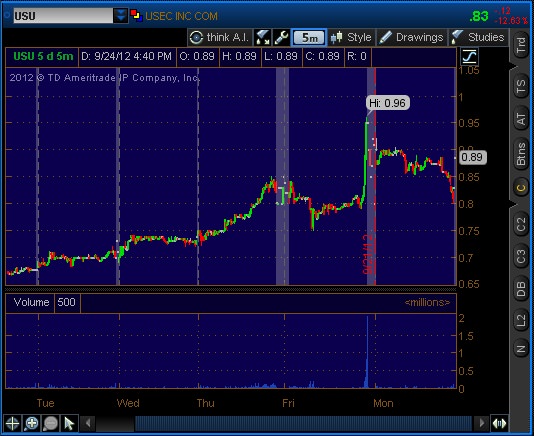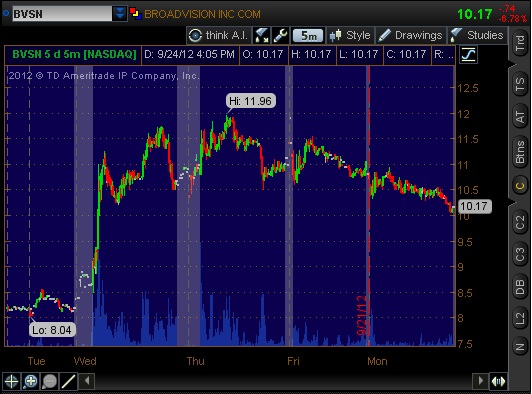Bob Murphy on Cantillon Effects
Economist Bob Murphy explains the uneven effects of inflation in under 400 words.
When we’re first getting students to think about money and prices, we might say, “Imagine the stock of money magically doubles overnight. Every single piece of currency creates a copy of itself. If you had $30 in your wallet went you went to bed, you wake up with $60. Now, after everything settles down into the new equilibrium, you see the community isn’t richer. All the prices doubled.”
But once the student gets that under his belt, you make it more realistic. You point out that all prices won’t just magically double. Commodity prices rise very quickly, whereas labor contracts are more rigid. If an old widow is on Social Security, she is clearly going to lose out, whereas a magician can just jack up the going rate for his performances pretty quickly. So we see that even though “on average” nobody is changed by doubling the money stock, in reality some people benefit and some people lose.
Yet another complication is that in the real world, new money doesn’t come in via a magical increase of currency, nor through a helicopter drop. Instead the government (or the owners of gold mines in a Rothbardian world) gets the money first, and then hands it out to its cronies. The new money then ripples out into the community. It’s best to be the government, it’s second-best to be the defense contractor or Wall Street banker who get sweetheart deals, it’s third-best to be the fancy restaurant that caters to the Wall Street bankers, etc. If you’re running a deli in Boise, you’re going to see your input prices rise before your customers are able to pay more for your sandwiches. So there will be a general redistribution of wealth to the people closest to the money spigot, every time there is a new injection of money that disturbs the price equilibrium.
Finally, to the extent that this new money comes into the economy via the credit market (as opposed to a helicopter drop or, say, running the printing press to pay the Army), then one of the prices that rise early on is the price of bonds. In other words, real interest rates are temporarily pushed down, until the new injection stops and then the price system re-equilibrates. This artificially low interest rate sets off the unsustainable boom.




Recent Comments